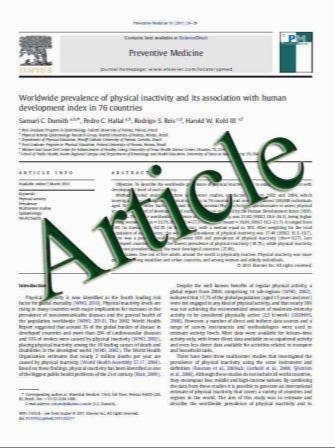Treatment of post-orthodontic white spot lesions with casein phosphopeptide-stabilised amorphous calcium phosphate
- نوع فایل : کتاب
- زبان : انگلیسی
- مؤلف : Ann Brِchner ,Carsten Christensen ,Bjarne Kristensen ,Sofia Tranوus ,Lena Karlsson ,Liselotte Sonnesen ,Svante Twetman
- چاپ و سال / کشور: 2010
Description
This study aims to investigate the effect of topical applications of 10% casein phosphopeptide.amorphous calcium phosphate (CPP.ACP) on white spot lesions (WSL) detected after treatment with fixed orthodontic appliances. Sixty healthy adolescents with .1 clinically visible WSL at debonding were recruited and randomly allocated to a randomised controlled trial with two parallel groups. The intervention group was instructed to topically apply a CPP.ACP -containing agent (Tooth Mousse, GC Europe) once daily and the subjects of the control group brushed their teeth with standard fluoride toothpaste. The intervention period was 4 weeks and the endpoints were quantitative light-induced fluorescence (QLF) on buccal surfaces of the upper incisors, cuspids and first premolars and visual scoring from digital photos. The attrition rate was 15%, mostly due to technical errors, and 327 lesions were included in the final evaluation. A statistically significant (p<0.05) regression of the WSL was disclosed in both study groups compared to baseline, but there was no difference between the groups. The mean area of the lesions decreased by 58% in the CPP.ACP group and 26% in the fluoride group (p=0.06). The QLF findings were largely reflected by the clinical scores. No side effects were reported. Topical treatment of white spot lesions after debonding of orthodontic appliances with a casein phosphopeptide-stabilised amorphous calcium phosphate agent resulted in significantly reduced fluorescence and a reduced area of the lesions after 4 weeks as assessed by QLF. The improvement was however not superior to the پgnaturalپh regression following daily use of fluoride toothpaste.
Clin Oral Invest (2011) 15:369–373 DOI 10.1007/s00784-010-0401-2 Received: 4 November 2009 / Accepted: 25 February 2010 / Published online: 10 April 2010


